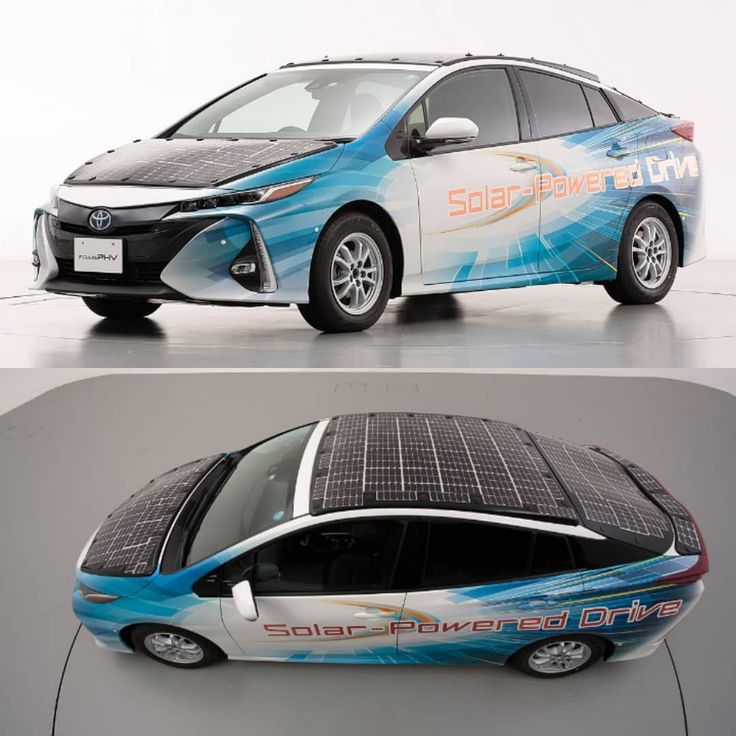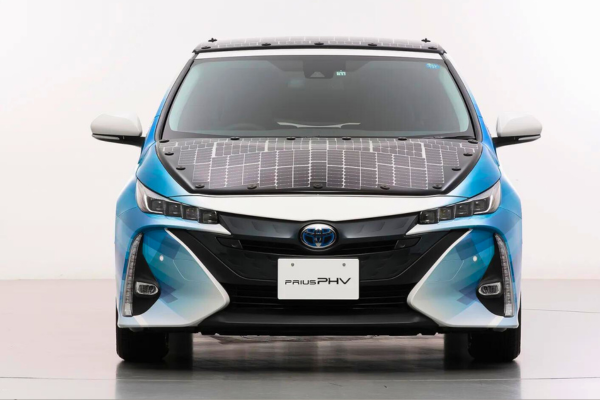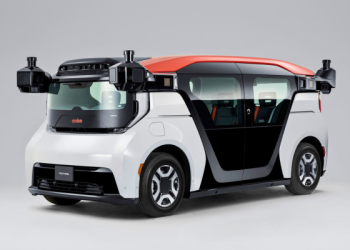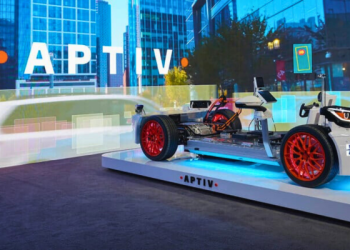In a groundbreaking study conducted by researchers from the University of Lisbon, the potential of solar-powered vehicles in urban settings across 100 cities worldwide has been unveiled. The research demonstrates that solar energy can provide a daily driving range of 11 to 29 kilometers, effectively halving the charging requirements for these innovative vehicles.
Despite the rapid proliferation of electric vehicles (EVs), the transportation sector continues to contribute to global carbon dioxide (CO2) emissions, accounting for roughly one-third of emissions worldwide. To meet critical decarbonization targets, it is imperative to reduce emissions associated with mobility substantially.
One promising avenue toward achieving this goal is the integration of photovoltaic modules into electric vehicles, creating solar cars. This innovative approach not only curbs CO2 emissions linked to electricity generation but also reduces charging costs and frequency, offering advantages for both users and the electric grid, techxplore reported.
Miguel Centeno Brito, the lead author of the study and a researcher at Instituto Dom Luiz—IDL, within the Faculty of Sciences at the University of Lisbon, noted, “Cities represent the primary market for electric vehicles, and due to their relatively short travel distances, they are particularly well-suited for solar-powered vehicles. However, urban areas present challenges such as buildings, trees, and other obstructions casting shadows on the roads, potentially limiting the solar potential of vehicles, whether in motion or parked. Our study aimed to evaluate if these shadows significantly constrain the potential of solar cars.”
The research also identifies the most favourable locations for solar-powered cars, pinpointing cities in Africa, the Middle East, southern Europe, and Southeast Asia as prime candidates. Notably, the study reveals that shading-related losses in urban areas are approximately 25 percent, a noteworthy factor but not a prohibitive barrier to the widespread adoption of this environmentally friendly solution. Moreover, other regions, including China, North America, and Australia, exhibit considerable solar car potential.
To validate their findings experimentally, the research team initiated a campaign involving citizen scientists.

As urban populations continue to burgeon, and concerns about environmental sustainability escalate, the advent of solar-powered vehicles could not be timelier. Miguel Centeno Brito expressed optimism, saying, “Our results can serve as a roadmap for policymakers and the automotive industry to expedite the transition toward a more sustainable and eco-friendly urban future.”
This comprehensive global study was a collaborative effort involving researchers from Ciências ULisboa (University of Lisbon, Portugal), in conjunction with partners from France (Mines Paris—PSL) and Luxembourg (LIST).
The study’s findings have been published in the journal “Progress in Photovoltaics: Research and Applications” and can be accessed under the title “Effect of urban shadowing on the potential of solar‐powered vehicles” authored by Miguel Centeno Brito et al. (2023).






![GM super cruise [Cadillac, gmauthority]](https://autojournal.africa/wp-content/uploads/2025/01/GM-super-cruise-Cadillac-gmauthority-350x250.png)














